Sale!
Compliance Of Technical Regulations
Original price was: ₹400,000.00.₹200,000.00Current price is: ₹200,000.00.
Compliance with technical regulations is essential for ensuring that products meet the required standards for safety, quality, and environmental protection. Technical regulations are often established by government bodies or industry standards organizations to ensure that products meet certain criteria and specifications.
Achieving compliance with technical regulations typically involves several steps:
1. **Understanding Regulations**: The first step is to thoroughly understand the technical regulations that apply to your product or industry. This may involve researching laws, regulations, and standards set forth by relevant authorities.
2. **Assessment and Documentation**: Once you understand the regulations, assess your product or process to determine its compliance status. Document all relevant information regarding design, materials, manufacturing processes, and testing procedures.
3. **Conformity Assessment**: Depending on the regulations, you may need to undergo a conformity assessment process. This could involve self-certification, third-party testing, inspection, or certification by a recognized authority.
4. **Implementation of Necessary Changes**: If your product or process does not meet the required standards, you may need to make necessary changes to achieve compliance. This could involve modifying designs, using different materials, or adjusting manufacturing processes.
5. **Testing and Verification**: Conduct testing and verification activities to ensure that the product meets the specified requirements. This may involve laboratory testing, on-site inspections, or other evaluation methods.
6. **Documentation of Compliance**: Maintain detailed records of compliance activities, including test reports, certificates, and other relevant documentation. This documentation may be required to demonstrate compliance to regulatory authorities or customers.
7. **Ongoing Compliance Monitoring**: Even after achieving initial compliance, it’s important to monitor ongoing compliance to ensure that products continue to meet regulatory requirements. This may involve periodic testing, audits, or updates to standards and regulations.
8. **Continuous Improvement**: Strive for continuous improvement in your compliance processes and procedures. Stay informed about changes in regulations and industry best practices, and update your processes accordingly.
By following these steps and maintaining a proactive approach to compliance, organizations can ensure that their products meet regulatory requirements and maintain the trust of customers and stakeholders.

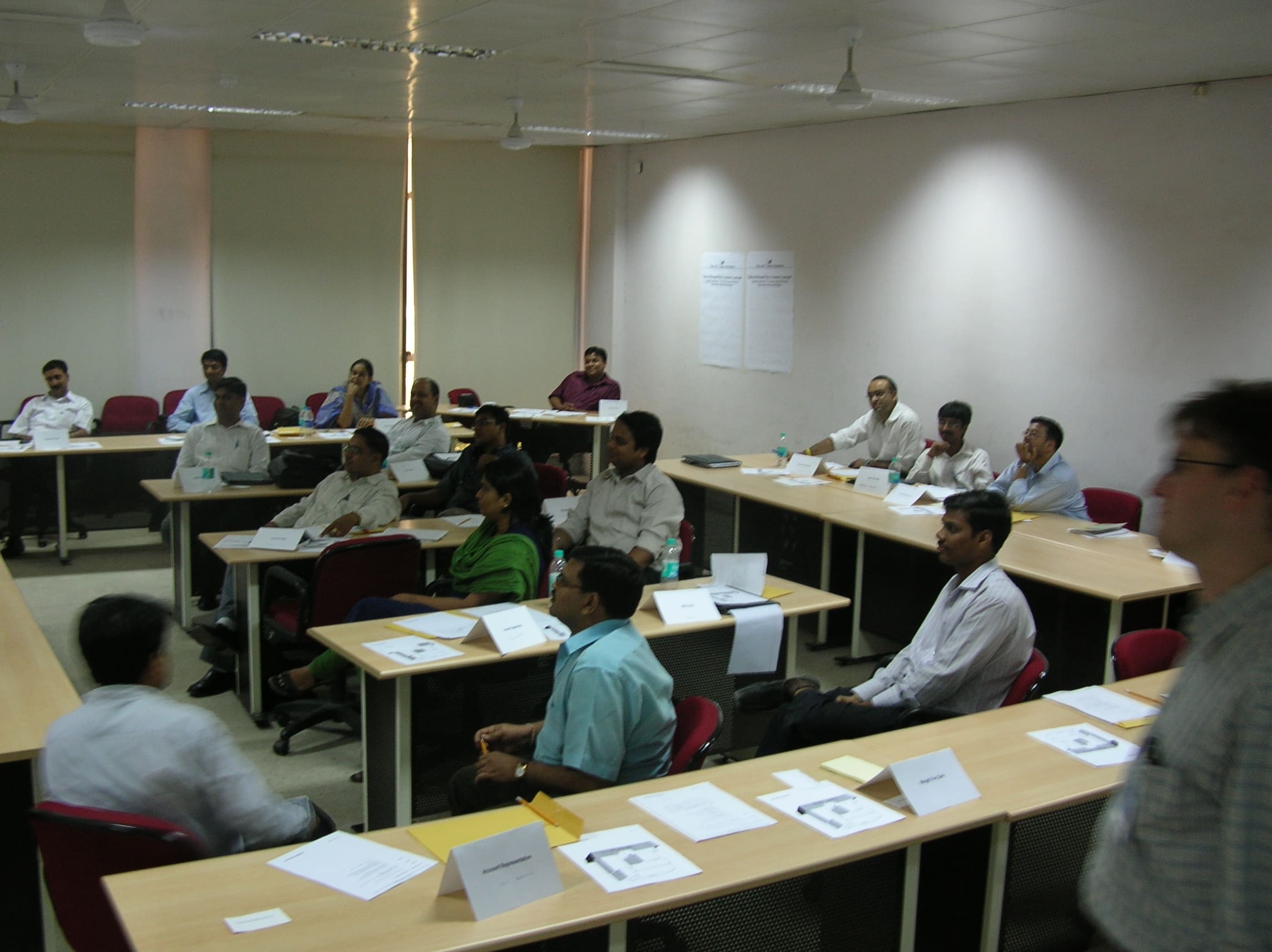
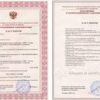
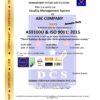


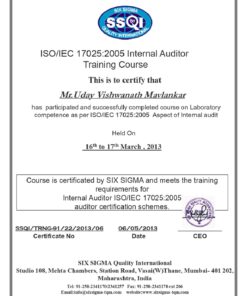

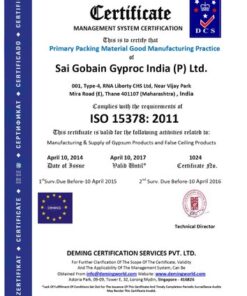
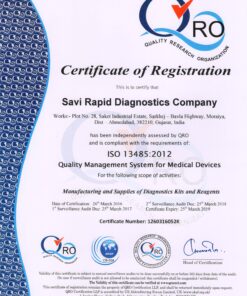
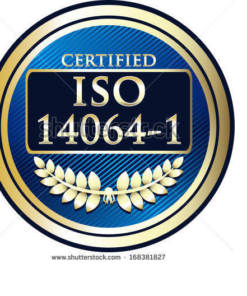
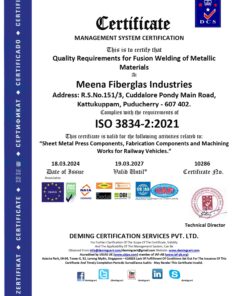
Reviews
There are no reviews yet.